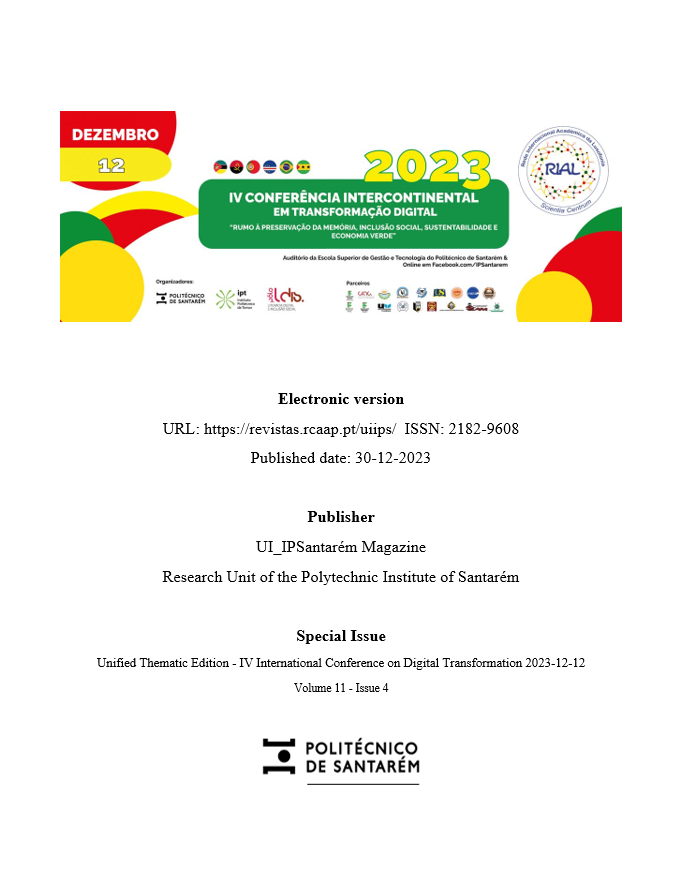Penha bin and waste produced in clinical analysis laboratories in São Tomé and Príncipe: a look at the sustainability of our actions
DOI:
https://doi.org/10.25746/ruiips.v11.i4.34115Keywords:
Waste management, waste disposal, environmental pollutionAbstract
Waste from clinical analysis laboratories poses risks to health and the environment and therefore requires specific care. São Tomé and Príncipe clinical analysis laboratories contribute approximately 0.35% of all waste produced in the country. These wastes are important, not necessarily because of the quantities generated but because of the potential risk to health and the environment. In most laboratories, 64.28% of waste is discarded in the Penha dumpsite and burned in the open air. Only the sharps are separated and incinerated. The objective of this work was to mention the impacts that waste deposited in the Penha dumpsite have on health, the economy and the environment. For this, a documentary analysis and direct observation were carried out. Among the environmental impacts we can mention: increase in the amount of waste in the Penha dumpsite, soil and water contamination and air pollution, while the health impacts include the intoxication of the population and the development of resistant pathogenic microorganisms, finally, the impact on the country's economy is the decrease in local tourism and the decrease in agricultural areas. It is concluded that the final destination of STP clinical analysis laboratory waste represents an economic and environmental public health problem. Measures such as waste segregation at source and recycling must be implemented to reduce the amount of waste deposited in Penha dumpsite.
Downloads
Published
How to Cite
Issue
Section
License
Copyright (c) 2024 Alzira Xavier Garcês Paixão Pereira, Celia Dias-Ferreira

This work is licensed under a Creative Commons Attribution-NonCommercial-NoDerivatives 4.0 International License.
Authors publishing in this journal agree to the following terms:
Authors retain copyright and grant the journal the right of first publication, with the article simultaneously licensed under the Creative Commons Attribution License that allows sharing of the work with acknowledgement of authorship and initial publication in this journal.
Authors are permitted to enter into additional contracts separately for non-exclusive distribution of the version of the article published in this journal (e.g., publish in an institutional repository or as a book chapter), with acknowledgment of authorship and initial publication in this journal.
Authors have permission and are encouraged to publish and distribute their work online (e.g., in institutional repositories or on their personal webpage) at any point before or during the editorial process, as this may generate productive changes, as well as increase the impact and citation of the published work.



